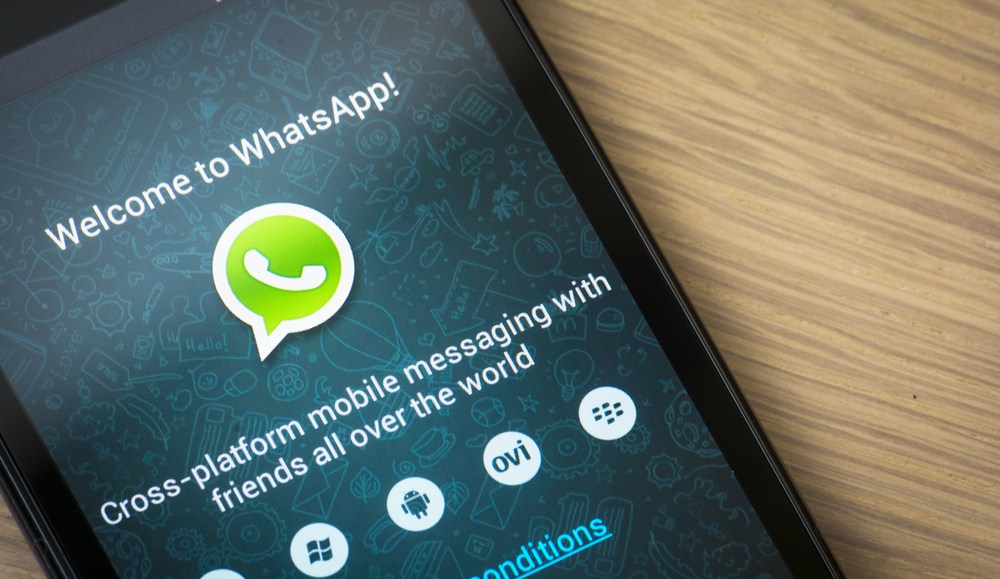
Publishers tend to focus their social media strategies around the twin titans of Facebook and Twitter. But perhaps they are ignoring WhatsApp at their own peril.
FTW, USA Today’s viral sports site, offers a good case study for the platform’s potential for publishers. Since introducing a WhatsApp sharing button to its mobile site a week ago, FTW has already seen WhatsApp shares climb to 18 percent of the site’s overall sharing activity. That’s higher than Twitter (13 percent) but still significantly lower than email (35 percent) and Facebook (34 percent).
“This has opened our eyes,” said Jamie Mottram, content director at USA TODAY. “Clearly, there’s an audience and behavior here that we should tap into.”
BuzzFeed, another one of the few publishers experimenting with WhatsApp, has seen similar growth with its own implementation of a WhatsApp sharing button. Music app Shazam said in February that WhatsApp comprised 10 percent of its total sharing activity. Photo editing startup Aviary has seen similar results.
A major driving factor for this growth: WhatsApp has 400 million users who send 50 billion messages a day, according to the latest State of the Internet report from Kleiner Perkins Caufield Byers analyst Mary Meeker. Compare that to Twitter, which has 255 million monthly active users and Vine, which had 40 million users at last count. Meeker’s report also suggests that chat apps like Snapchat, WhatsApp and WeChat actually encourage more communication — and hence sharing — than more broadcast-focused communication services like Facebook and Twitter.
But BuzzFeed and FTW are two lone exceptions in the publishing industry, which, despite WhatsApp’s potential, hasn’t adopted the app in any real way. Part of it is a chicken-and-egg problem: Readers aren’t sharing via WhatsApp because publishers don’t make it easy, and publishers aren’t investing in WhatsApp because they’re not yet seeing the usage numbers.
“In order for WhatsApp to begin generating meaningful referrals for publishers, publishers need to think of WhatsApp as a platform for distribution and readers must regularly want to share things with their friends on WhatsApp,” said Danny Wong, head of growth and marketing at Shareaholic, which doesn’t yet have a WhatsApp implementation.
WhatsApp, however, doesn’t make it easy. One of the platform’s biggest problems is that it doesn’t openly integrate with third-party apps, making it difficult for publishers to implement it. “Until they do that, there’s not going to be a lot of data points out there that are clear,” said Matt Wolfrom, vp of marketing at ShareThis, which creates social sharing buttons for publishers.
Mottram at FTW also points out that many publishers may be turned off by WhatsApp’s “dark traffic” problem. As with links sent over search, texting and desktop instant messaging, it’s hard to directly measure when someone comes to a site via a linked shared on WhatsApp. “You can’t see where things are coming from with WhatsApp, so the gratification isn’t there.”
More in Media

Media Briefing: The top trends in the media industry for 2025
This week’s Media Briefing takes a look at the top trends from 2025, from digital advertising revenue performance to AI licensing deals.

Digiday Scorecard: Publishers rate Big Tech’s AI licensing deals
Digiday has compiled a scorecard grading AI platforms to make sense of the growing number of players in the AI content licensing market.

Publishers are hunting for AI prompt data — now they’re starting to get it from third-party companies
Publishers are finally gaining some visibility into AI search, as new prompt data tools crack open a black box.





